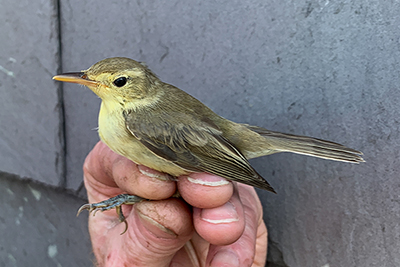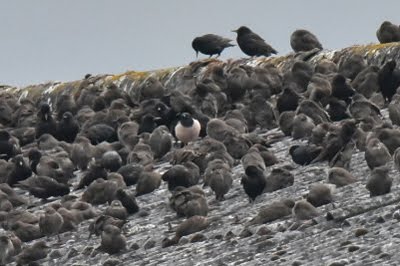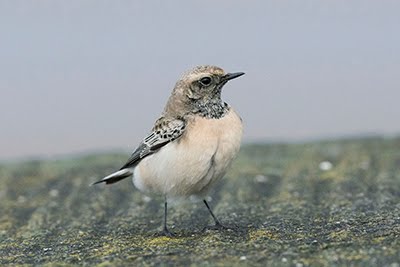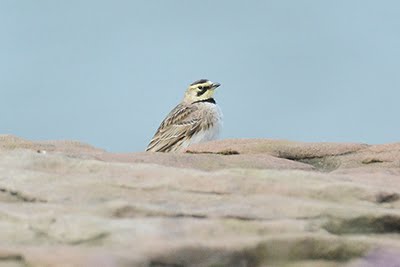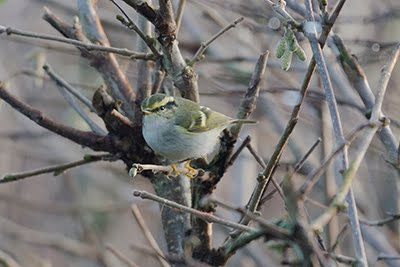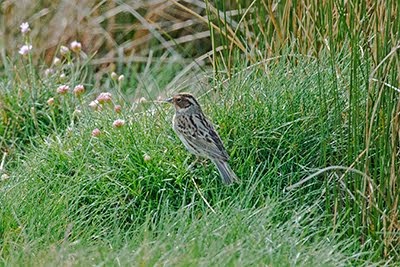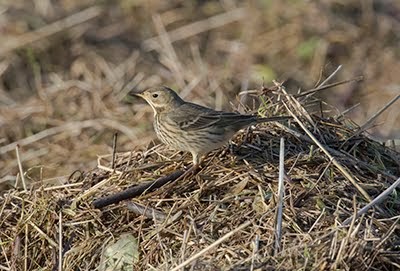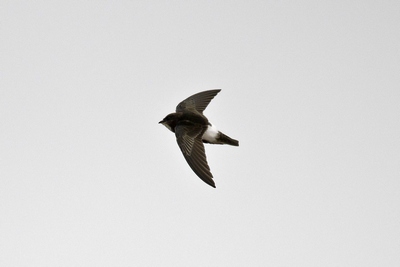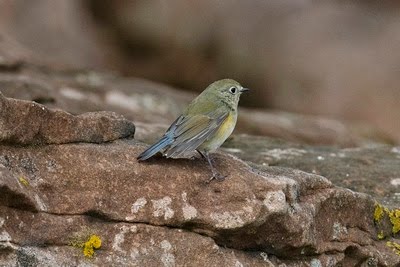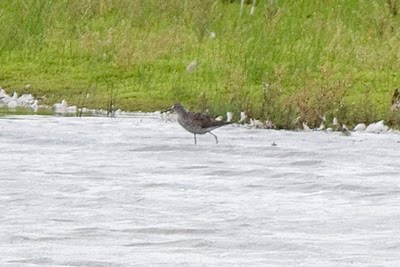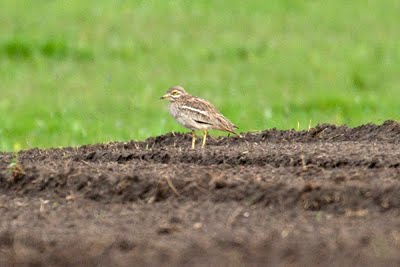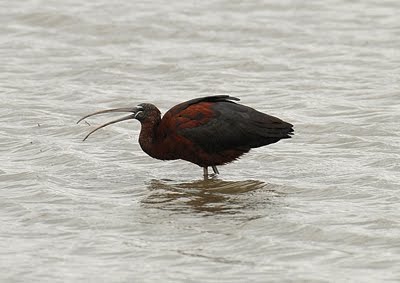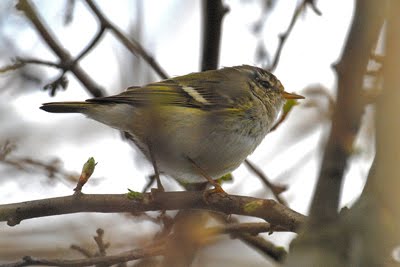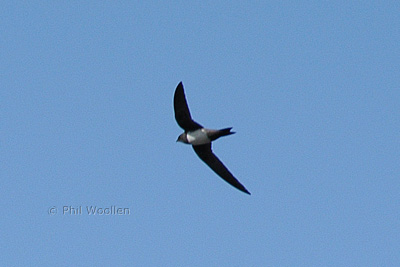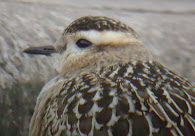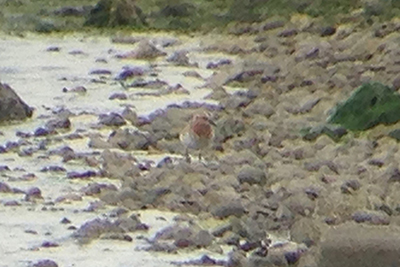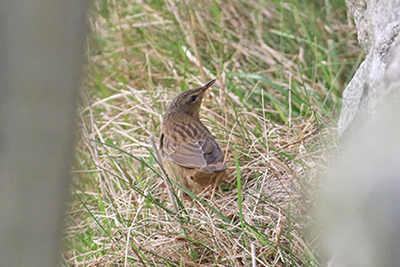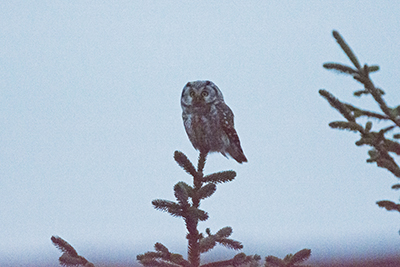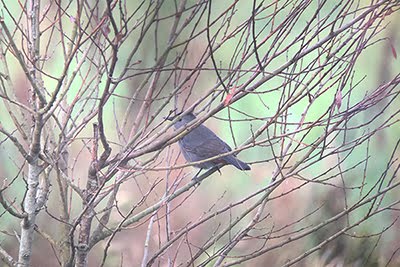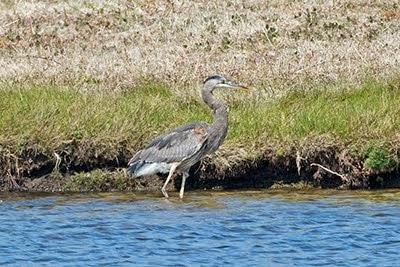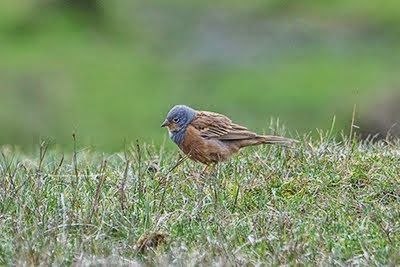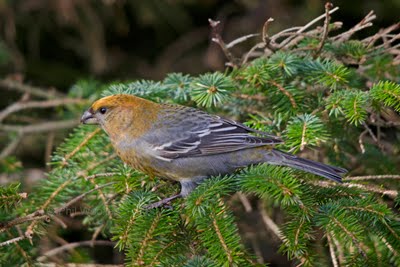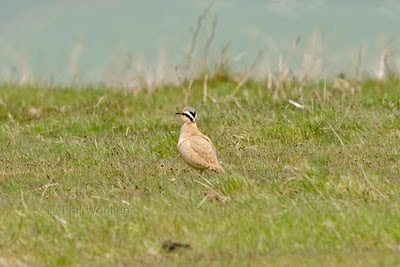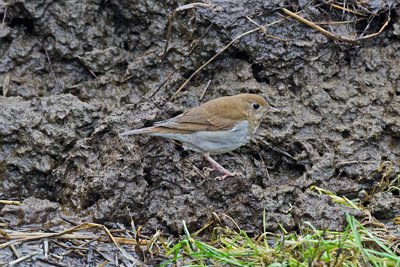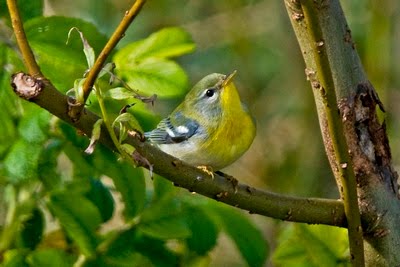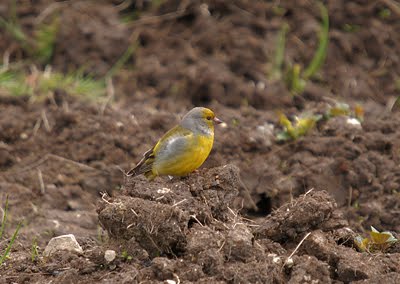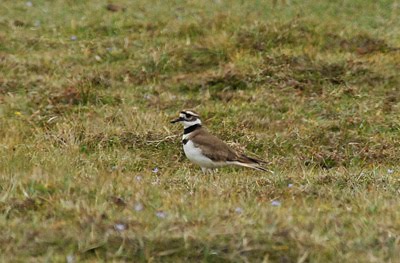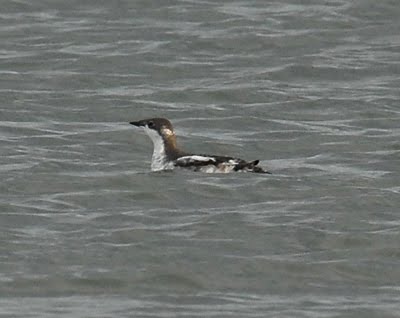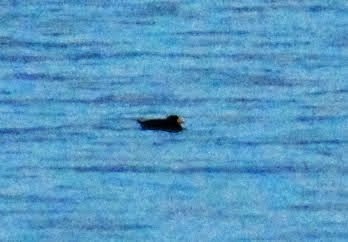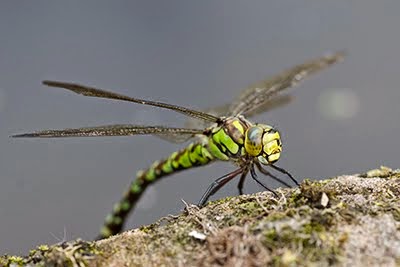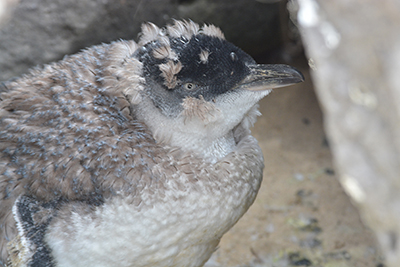A few years ago I was involved with a scheme flagging Knot as part of an international project (see here and here) at Formby. The aims of the project are outlined below:
The aim of catching at Formby Point is to colour mark a sample of Knot as part of a long running study in Norway and Iceland trying to show the differences in migration routes to Greenland and Canada of the Icelandica knot. Typically in spring and autumn very few Knot on the West coast are being seen with colour marks. This increases over winter and drops again in spring. Colour marking birds in Autumn, along with recording moult, should provide an insight into whether these birds generally migrate via Iceland rather than the more traditionally studied route via Norway.
The project has expanded with Knot now being flagged in North Wales and more recently on the Wirral. Originally blue or green marker rings were used depending on the year but the blue rings are now only used in North Wales. Green rings are now the marker for birds caught in Liverpool Bay. The green colour ring goes on the left leg, below the orange flag that has a three letter alpha numeric code, wit ha BTO metal ring on the right leg.
The Merseyside Ringing Group (MRG) have been looking to mistnet Knot off the Wirral and I was asked to assess the flag fitting so the ringers concerned could then get an endorsement on their permits to fit flags themselves. Unlike canon netting mist netting is done at night and is very much dependent on the wind. Too much breeze and you can't set the nets.
Luckily weather conditions were perfect recently and the team assembled at 21.00 and quickly set four nets. Two parallel and two perpendicular to the beach. As the tide began to rise birds could be heard and seen at the tides edge with the thermal imager. As the tide reached the nets (set high above the water so caught birds don't get wet as the water level rises) we made a good catch of Knot and Dunlin - including a Swedish Controlled Dunlin!
Once all the birds were extracted they were held in keeping boxes to keep them safe and warm and in the dark before they were ringed and processed in Janes front porch. In all 28 Knot were colour flagged and there have already been re-sightings at Thurstaston, Meols and Seaforth - it goes to show the worth of colour ringing / flagging birds. They can be identified in the field without having to recapture them.
With bird flu very much at the fore of everyones minds the BTO have issued guidance to be followed by ringers when catching and handling birds including disinfecting equipment with a DEFRA approved disinfectant. Everyone was very aware and if there'd been any signs of birdflu in birds we'd caught, or on the beach prior to setting the nets, the relevant authorities would have been informed and the ringing session abandoned.
 |
| @Alan Hitchmough |
It was a pleasure to b invited along on this first Knot flagging project and I hope the birds we've flaggged help in someway unravel there migrations and help future conservation measures.










